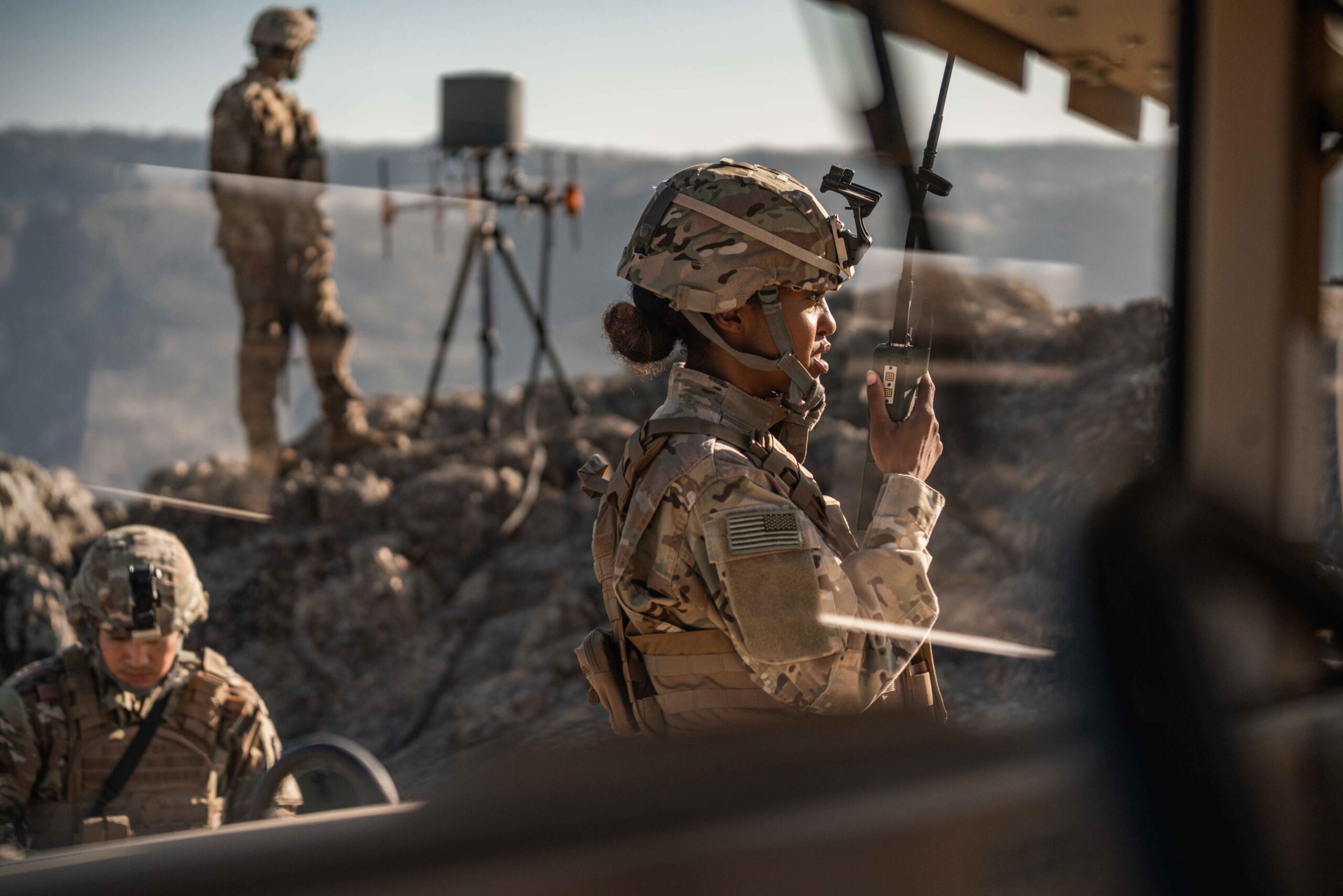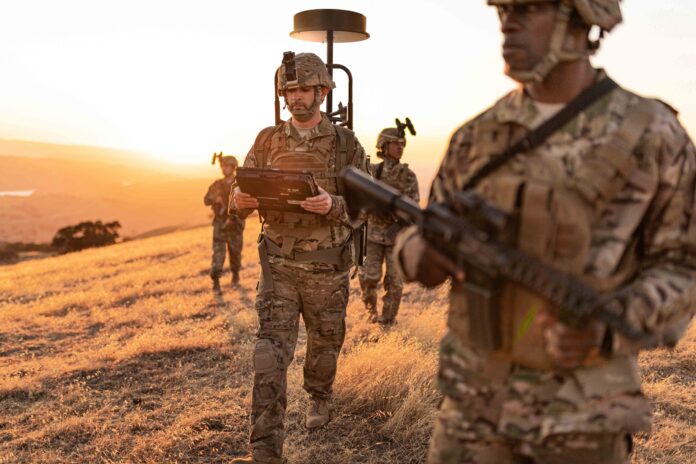By Jackson White, Business Development Director of Tactical Data Links and VP Marketing, SPX CommTech.
Recent years have emphasised how critical real-time Communications Intelligence (COMINT) is for defence and security teams. Soldiers increasingly rely on instant, precise information from multiple sources to effectively address threats and speed up their decision-making cycle.
Technology has fuelled great progress in COMINT. But it has also introduced some complexity due to its use by hostile parties in conflict. In response, a number of innovations and capabilities are starting to shape the future of battlespace COMINT. Emerging technologies and methodologies continue to strengthen defence teams’ intelligence-gathering missions and make it harder for malicious actors to intercept.
Due to a shift toward Unmanned Aerial Systems (UAS), Tactical Data Link technology is playing a key role in enabling the transfer of critical data. From fixed and rotary-wing aircraft to drones conducting reconnaissance missions in support of ground troops, long-range data exchange has a direct impact on improving the tempo of tactical operations.

The role of Data Links in today’s battlespace
Equipping soldiers with the latest technology has been and will continue to be, crucial to the success of Intelligence, Surveillance, and Reconnaissance (ISR) operations. As the environment becomes more complex, the way teams work with others also increases in complexity. For instance, ISR is used by a number of agencies, from military to government and civil security organisations, who increasingly work together to share information for inter-agency, or joint operations. Each user or team has its own independent data exchange requirement, which must remain encrypted and only accessible to those that need access to it. Therefore, compartmentalising data allows each to access only the data required for their operation, while everything else remains encrypted and inaccessible for viewing.
Until recently, Data Links were mainly seen on designated fixed and rotary-wing aircraft used specifically for ISR missions. We’re now seeing aircraft being designed to be multi-rolled, which is leading to the design of solutions that can incorporate ISR mission systems being installed across all platforms – with the ability to carry on, or rapidly mount and dismount.
Today, Data Link technology is developing to keep pace with the vast amounts of data created by operational sensors. For instance, small, lightweight, low-power and high-performance Data Links allow users to transmit ISR data further, from their mission system to the point of use. When integrated into a UAS such as a drone, Data Links can support the reduction in cost of a typical ISR missions in air, sea or on land domain, whilst facilitating data transfer over extreme ranges of up to 200 kilometres without the use of satellites.

Innovation for the future
SPX CommTech constantly monitors the evolving battlespace dynamics to better understand where enhanced capabilities are most needed. As specialists in Radio Frequency (RF) spectrum technologies that enhance COMINT and video and IP data transfer, we work very closely with defence teams to keep up with their needs and develop new solutions alongside them where they will make the greatest impact.
In this context, we’re officially launching two products from our Spectrum Battlespace and Tactical Data Links capability groups at this year’s Defence and Security Equipment International (DSEI) industry event in September.
The new Transportable Tactical COMINT 953 RF Receiver will enhance detection and tracking of hostile signals and RF based UAS in the COMINT and Counter-UAS domains respectively. The upgraded platform enhances RF detection, identification, direction finding, geolocation and tracking beyond the capabilities of our existing COMINT systems, automatically scanning the RF spectrum, detecting and storing signal activity.
We’ll also officially introduce the Evenlode Video and Audio Encoder/Decoder, which improves video compression for ISR operations. It is the next step in the Evenlode series. The Encoder/Decoder’s compressed video and audio data will ultimately allow for the transfer of high-quality video over a lower bandwidth pipe or transfer more, up to four high-quality videos, in the standard bandwidth pipe, for air and ground application over long ranges.
Ultimately, by combining our decades of innovation and experience across the expert TCI and ECS teams, our aim is to continue delivering sustainable and exceptional results to defence teams across the globe while ensuring a smarter, more secure future for all.
For more information on SPX CommTech’s Battlespace and Data Link capabilities, visit us online at www.tcibr.com and www.enterprisecontrol.co.uk. Or find us at stand H2-874 at DSEI 2023 (12-15 September, ExCeL London).











